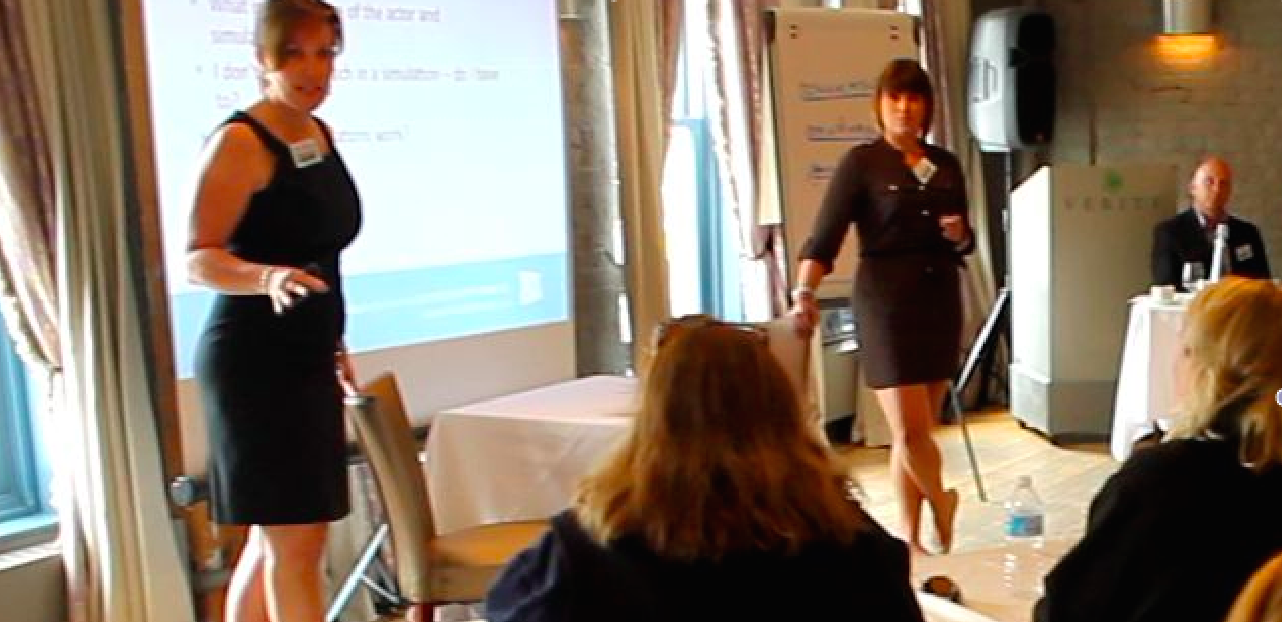The only way to build a successful high performing team is to understand what makes the individuals on that team tick. To reach that truly collaborative state of mind where the power of the group is greater than any of the individual contributors, and they all know it (and aren’t still competing for your attention) you need to understand those individuals better. Feel like your boss doesn’t understand you or use your skills adequately? Feel like you don’t get why your team is functioning like a group of individuals and not a team? Bosses – get coaching. Individuals, start talking.
The Top 6 things your boss wants to know:
- Your career “story”: Your boss has your resume and was at your interview – so there’s some basic knowledge there, but what about the story behind it? I started my career as a temp who was really good at sending out courier packages, better than any temp before me, so they hired me. There’s alot more to the story, but it’s not a list of my accomplishments and my job skills – its the actual path I took to get there. This is a great source of information for your boss to understand how you view career progression and how you demonstrate (or don’t) loyalty and engagement with the organization you work in.
- Your generational style ( how to communicate best with you): Everyone and every situation is different. What is the best form of communication for you? Email? Text? Face to Face, or god forbid (for me anyways), the phone? Find out the best method of getting the point across in a wide array of situations to get the most out of your team.
- Your thinking style (what type of work should they delegate to you): Are you a Doer, Dreamer, or Analyzer? Is your skillset best in execution, creativity, or data analysis? Tailor the work to the type of thinking style whenever possible to get the best results!
- Your conflict resolution style (how will you resolve conflict when it arises): How your resolve conflict will determine your ability to deal with challenging situations in the workplace. Do you confront and control conflict aiming to win? Do you compromise your needs in order to please others? No one conflict resolution style is right for all situations, but learning to use each style effectively can yield optimal results.
- The 3 P’s: People, Projects, and Personal: The 3 P’s are the easiest way to effectively have a 1:1 with your boss. You should be able to identify whether there are any conflicts, HR issues, staffing issues, interpersonal issues with anyone on the team, the status of your projects and work, and then is there anything going on personally that might impact your work. This is a touchy one – this doesn’t mean a lengthy retelling of last saturday night’s escapades, but it may mean – my grandmother is sick in the hospital – I may have to leave early the next couple of days to deal with that. Just giving you a head’s up. This helps your boss plan and assign work better – like a boss.
- How you like to be rewarded/recognized:
Well, as it is the long weekend, I will leave you to ponder these top 6 things. Are there more? Bosses out there what else do you want to know? Keep us in the loop @whiteboardcons #betterfastercheaper.
Until next week (Ruth will be back YAY!),
Nicole





